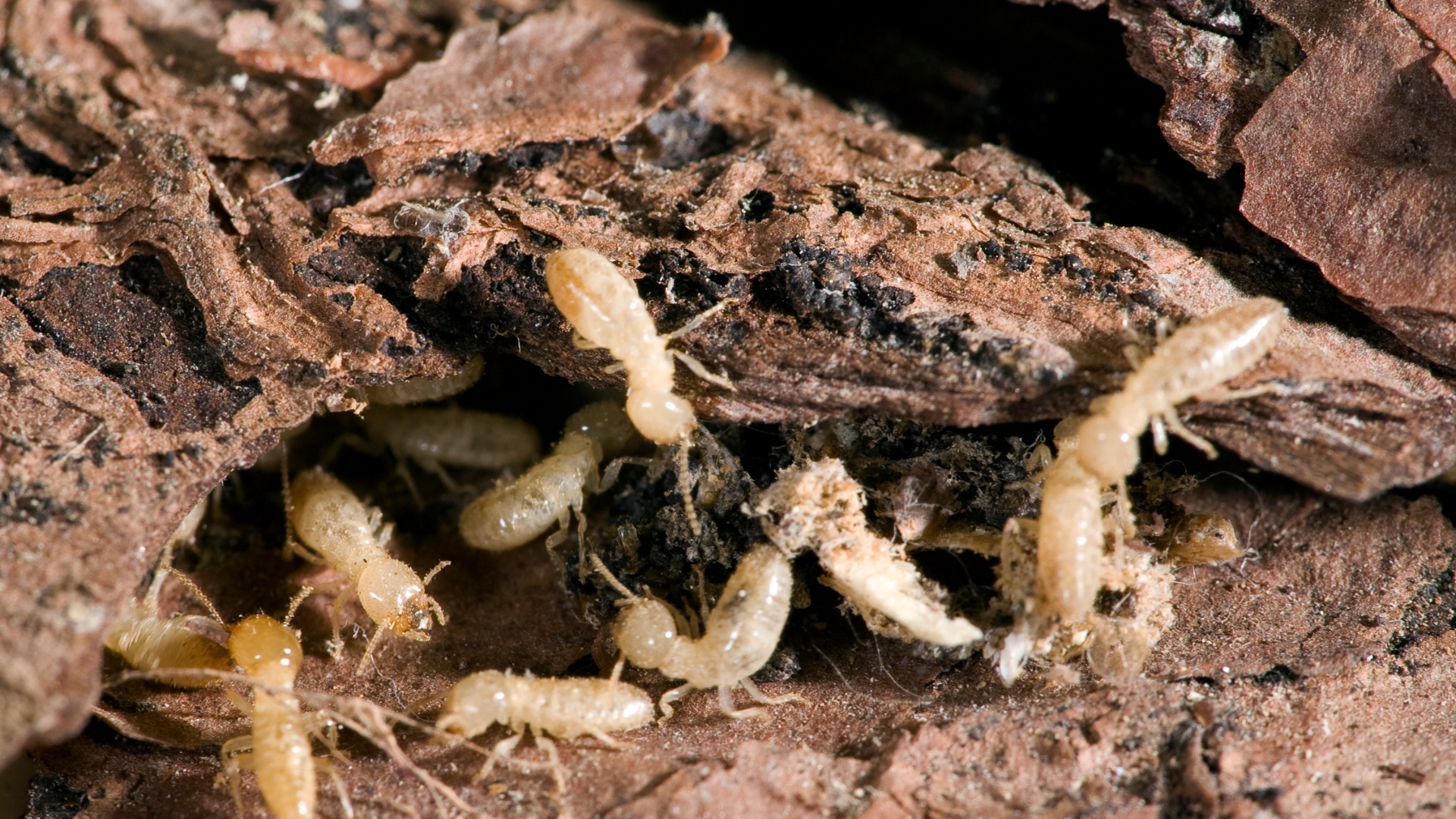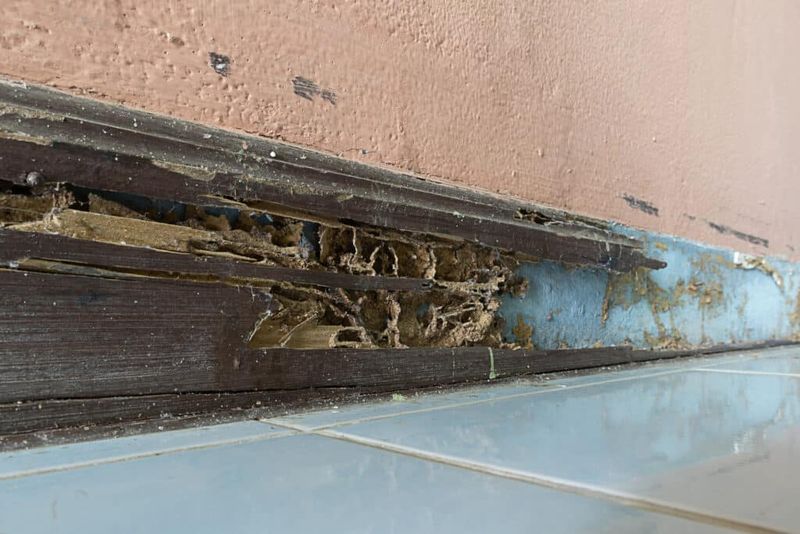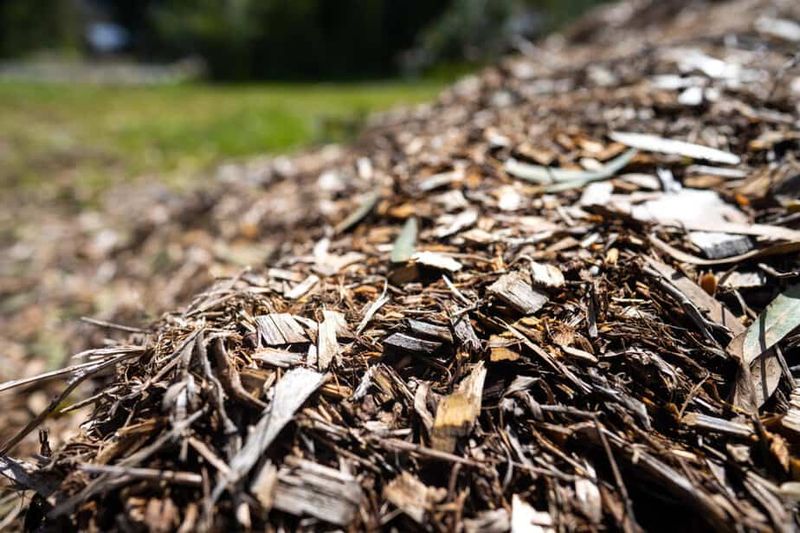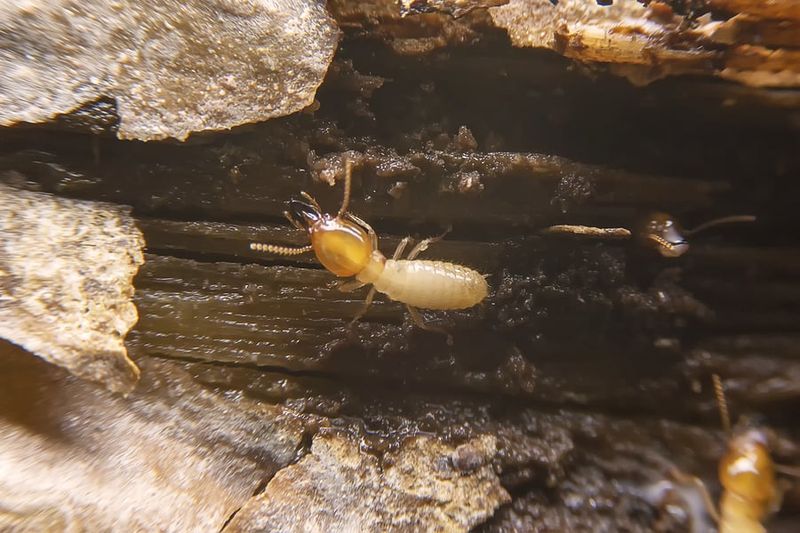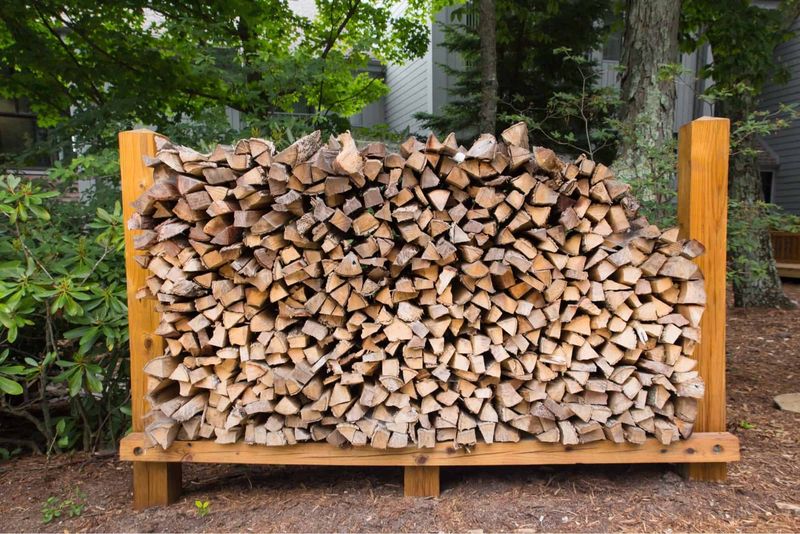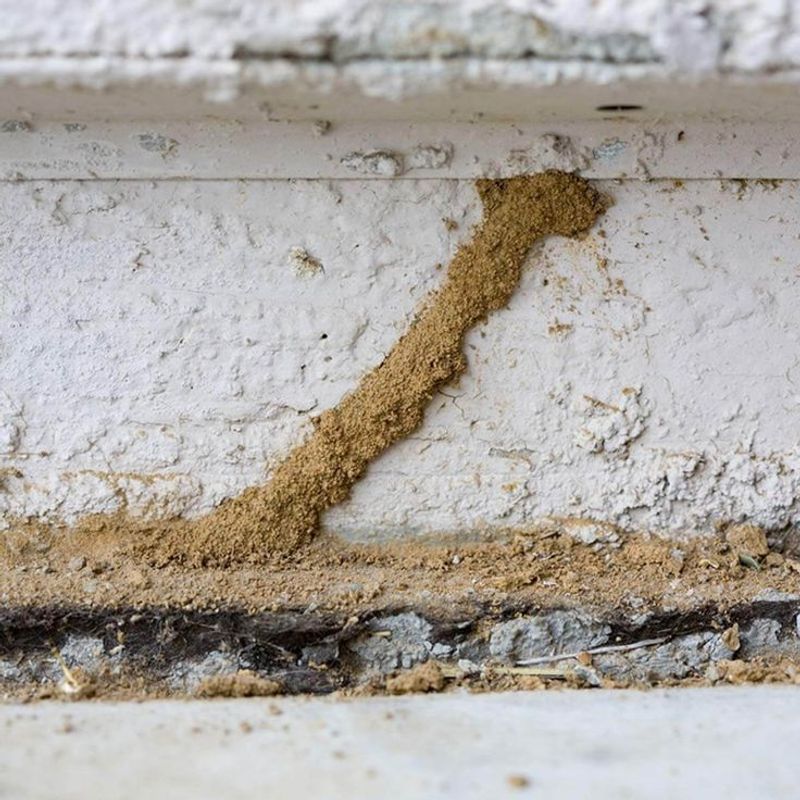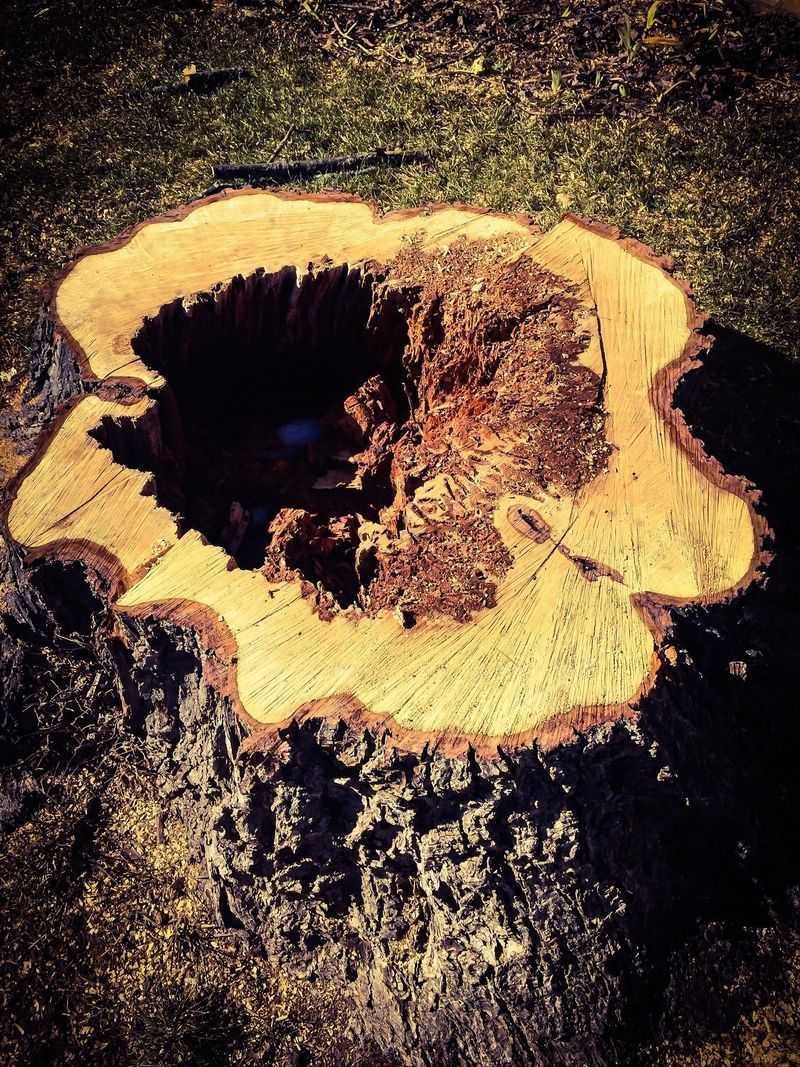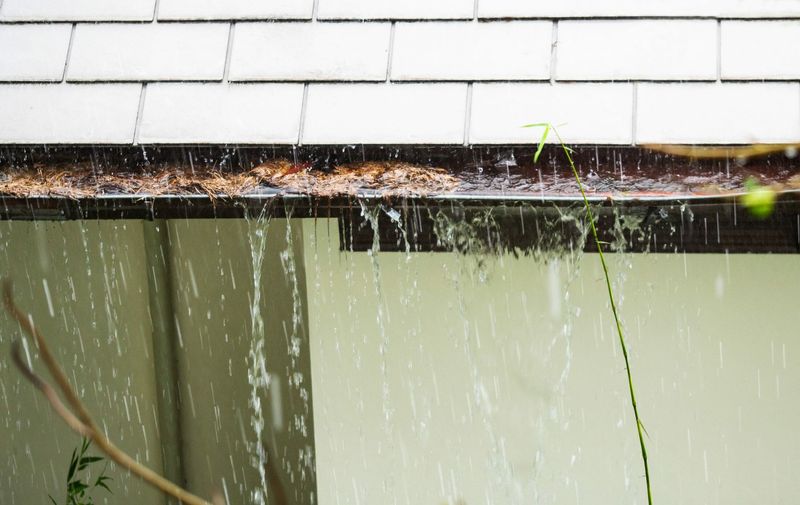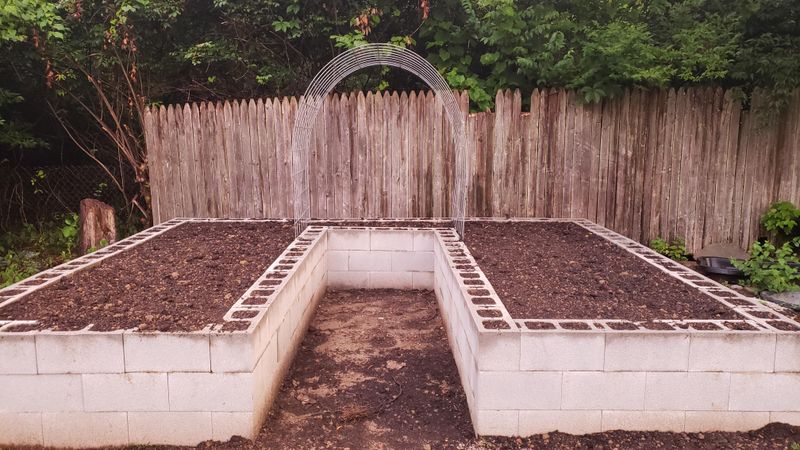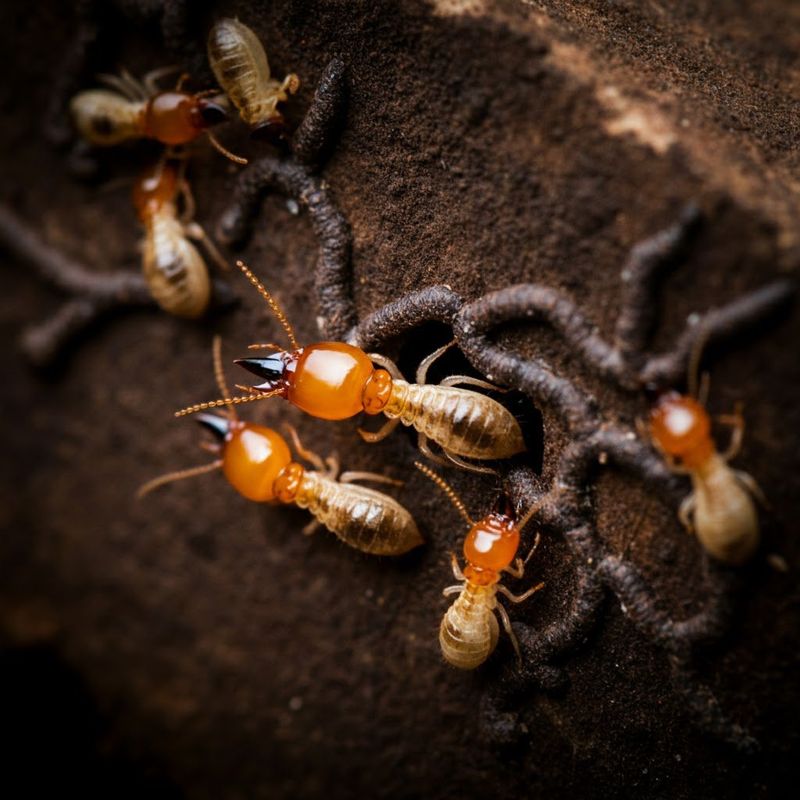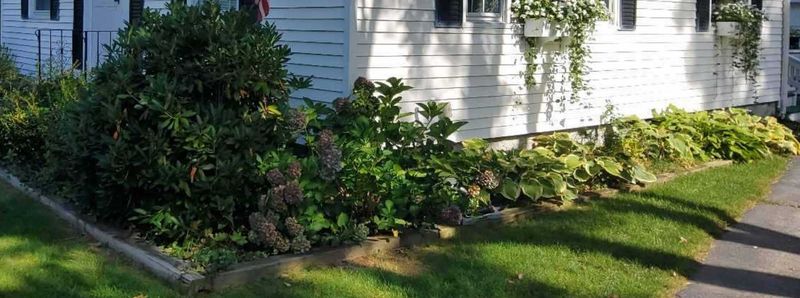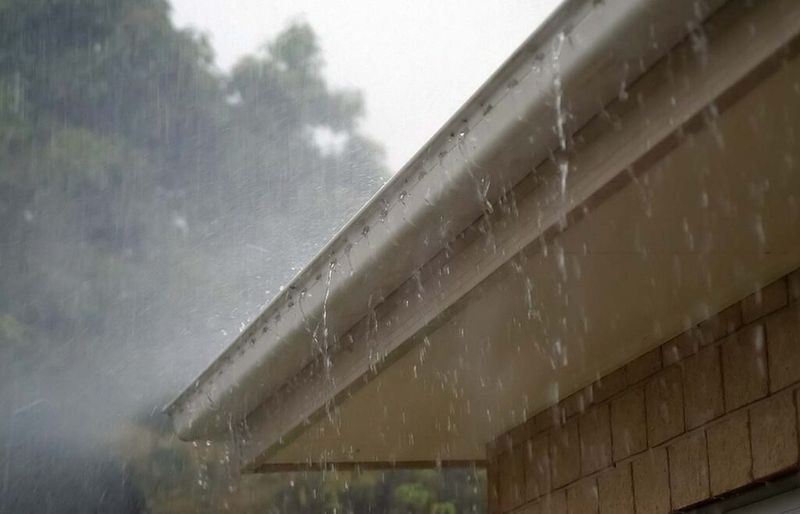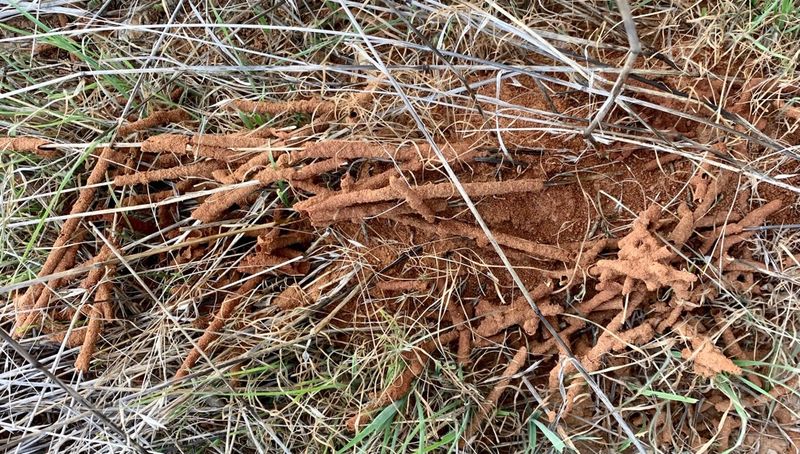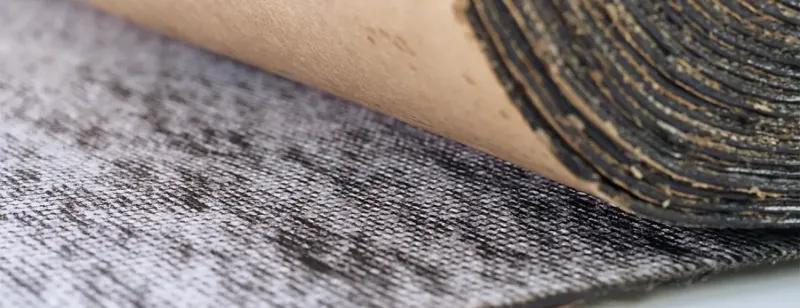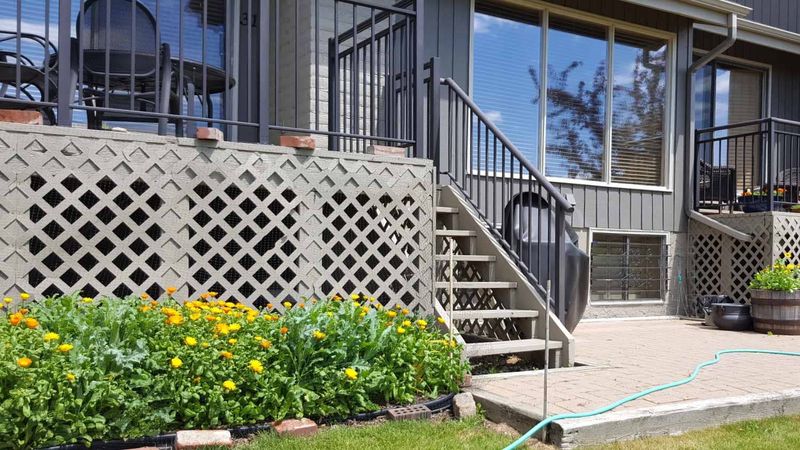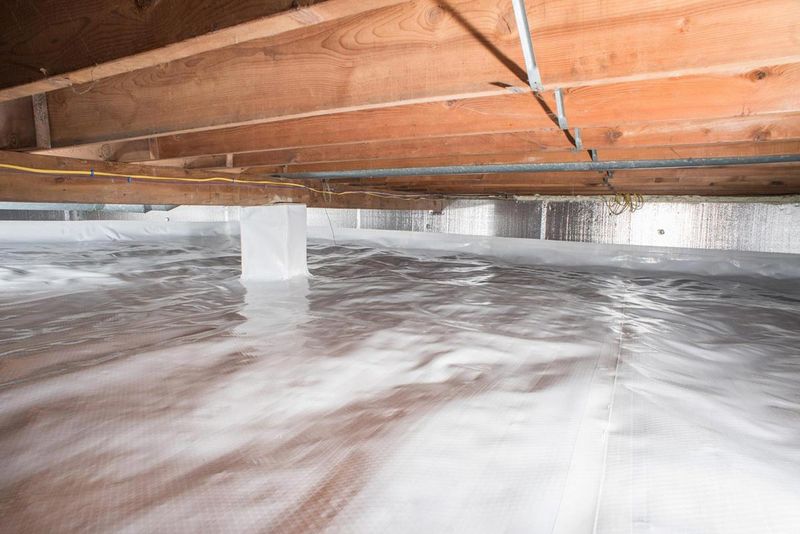Termites might be tiny, but they cause billions in property damage every year. These wood-munching insects are constantly searching for their next meal, and your home could be on their menu. Understanding what attracts termites is your first line of defense against a potentially devastating infestation.
1. Untreated Wood Contact With Soil
Wood touching soil creates a direct highway for termites to march right into your home. Wooden fence posts, deck supports, and siding that contacts the ground are practically sending an invitation to termite colonies nearby.
The moisture from soil softens wood, making it easier for termites to chew through. Creating a barrier between wooden structures and soil using concrete blocks or metal barriers can significantly reduce your risk of unwelcome visitors.
2. Mulch Piled Against Foundation
Garden mulch may beautify your flower beds, but when piled against your home’s foundation, it becomes a termite magnet. The organic material retains moisture and provides both food and shelter for these destructive pests.
Cellulose-rich mulch creates ideal breeding conditions right next to your biggest investment. Keep mulch at least 6 inches away from your foundation, and consider using termite-resistant alternatives like rubber mulch or gravel near your home’s perimeter.
3. Leaky Pipes and Faucets
Dripping outdoor faucets and leaking pipes create moisture hotspots that termites find irresistible. Even small, seemingly insignificant leaks can maintain the damp conditions these pests need to thrive.
Subterranean termites particularly depend on moisture for survival and will travel far to find it. Regularly inspect for and promptly repair any leaks around your property. Check irrigation systems for broken sprinkler heads that might be soaking your foundation or wooden structures.
4. Firewood Stacked Against The House
That convenient stack of firewood leaning against your exterior wall is essentially a termite buffet with direct access to your home. Termites can’t tell the difference between your firewood and your house framing.
Once they colonize the woodpile, it’s just a short crawl to your home’s wooden structures. Store firewood at least 20 feet away from your house and elevated off the ground. Only bring in what you’ll burn immediately to prevent bringing termites indoors.
5. Improper Drainage Around Foundation
When rainwater flows toward your foundation instead of away from it, you’re creating a termite paradise. Poor drainage leads to saturated soil around your home, providing the moisture termites need while softening wooden structures.
Clogged gutters, improper grading, and broken downspouts all contribute to moisture problems. Ensure your yard slopes away from your foundation, clean gutters regularly, and use downspout extensions to direct water at least 3 feet from your home’s perimeter.
6. Stumps and Dead Trees in Your Yard
Old stumps and dead trees are like termite condominiums in your yard. These decaying wood sources serve as initial feeding and breeding grounds before termites set their sights on your home.
A colony can grow to massive size in these natural wood sources, then expand their territory to include your house. Remove stumps completely rather than letting them rot in place. Consider professional grinding services to eliminate these termite havens from your property.
7. Clogged Gutters and Roof Leaks
Gutters packed with leaves and debris lead to overflow that damages fascia boards and roof edges. This trapped moisture creates ideal conditions for termites to feast on softened wood.
Roof leaks compound the problem by allowing water to penetrate attic spaces and walls. Schedule regular gutter cleaning, especially after fall leaf drop. Install gutter guards to reduce debris accumulation and inspect your roof annually for damage that could lead to leaks.
8. Wooden Garden Structures Near The House
Trellises, arbors, and raised garden beds made of untreated wood serve as stepping stones for termites approaching your home. These wooden garden features often go unmonitored for pest activity while sitting directly on soil.
Termites can establish colonies in these structures before moving on to your house. Use pressure-treated lumber or naturally resistant woods like cedar for garden structures. Better yet, consider non-wood alternatives like metal, plastic, or composite materials for areas close to your home.
9. Paper and Cardboard Storage in Crawlspaces
Storing cardboard boxes, newspapers, or books in your basement or crawlspace is practically setting a termite dining table. These cellulose-rich materials are termite favorites, especially when slightly damp from basement humidity.
Termites will happily munch through your stored items before moving on to structural wood. Use plastic storage containers instead of cardboard boxes for long-term storage. Keep paper goods elevated on metal shelving and maintain proper ventilation in storage areas.
10. Excessive Plant Coverage On Exterior Walls
Ivy and dense shrubs growing against your home may look charming but create hidden highways for termites. This vegetation traps moisture against walls and provides cover for termites to build mud tubes undetected.
Overgrown plants prevent air circulation, keeping exterior surfaces damp longer after rain. Maintain at least a 12-inch gap between mature shrubs and your home’s exterior. Trim climbing plants regularly and inspect the wall surface beneath for signs of moisture or pest activity.
11. Sprinkler Systems Hitting The House
Lawn sprinklers that spray directly against your foundation or siding create regular moisture zones that attract termites. Even brief daily soaking can maintain enough dampness to support termite colonies.
The constant wet-dry cycle also accelerates wood deterioration, making it more appealing to termites. Adjust sprinkler heads to prevent water from hitting your home. Consider drip irrigation for plants near your foundation to minimize splashing and create a dry zone immediately around your house.
12. Buried Scrap Wood From Construction
Construction debris buried in your yard is a hidden termite buffet. Wood scraps, form boards, and tree roots left behind during building or renovation work provide food sources termites discover underground.
Once colonies establish in these buried treasures, they’re already positioned to invade your home. Before landscaping after construction, ensure all wood debris is removed from the soil. If purchasing a newer home, ask about construction cleanup practices and consider a thorough termite inspection.
13. Foam Insulation Extending Into Soil
Exterior foam insulation that extends below ground level creates perfect termite tunneling highways. While termites don’t eat the foam, they can easily tunnel through it to reach wooden structures without detection.
This hidden passage allows colonies to bypass traditional soil treatments and barriers. Keep foam insulation at least 6 inches above ground level. For below-grade insulation needs, work with pest control professionals to create appropriate termite barriers or use termite-resistant insulation products.
14. Wooden Lattice Around Deck or Porch
Decorative wooden lattice enclosing the space beneath decks and porches offers termites an all-you-can-eat buffet with privacy. The close-to-ground positioning and limited airflow create ideal termite conditions.
The lattice itself becomes food while providing hidden access to structural supports. Replace wooden lattice with vinyl alternatives that provide the same aesthetic without feeding termites. If you must use wood, ensure it’s pressure-treated and doesn’t contact soil directly.
15. Damp Crawl Spaces Without Vapor Barriers
Crawl spaces without proper moisture control become termite breeding grounds beneath your feet. The combination of exposed soil releasing moisture and poor ventilation creates humidity levels perfect for termite colonies.
This damp environment also accelerates wood rot, making floor joists more appetizing to termites. Install a heavy-duty polyethylene vapor barrier covering all exposed soil in your crawl space. Add adequate ventilation and consider a dehumidifier for persistent moisture issues.
16. Cracked Foundation and Exterior Walls
Even tiny cracks in your foundation or exterior walls can serve as termite entry points. These openings bypass traditional soil barriers and provide direct access to the wooden structures within your walls.
Subterranean termites can squeeze through cracks as small as 1/32 of an inch wide. Regularly inspect your foundation and exterior for cracks, especially after seasonal temperature changes. Seal openings promptly with appropriate concrete patching compounds or expandable foam designed for foundation repair.

